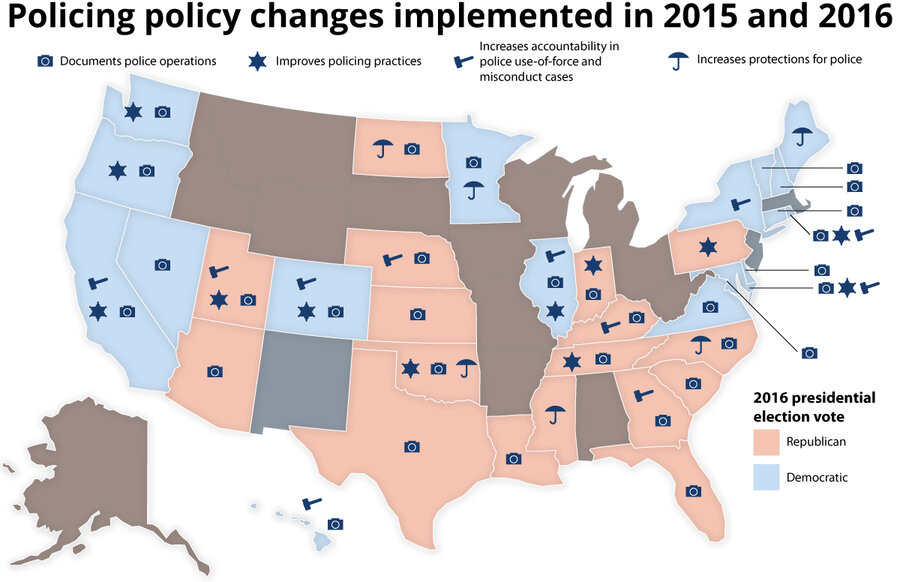 Amelia Newcomb
Amelia Newcomb
Bill O'Reilly's departure from Fox News was a reminder of how a corrosive environment where harassment goes unchecked or powerful figures go uncensured drags everyone down. But superficial change in the heat of public scandal is unlikely to sustain itself. More important are actions that match words. Tomorrow, we'll share some views from companies that are setting high standards for behavior as they build thriving workplaces.
Already a subscriber? Log in
Help fund Monitor journalism for $11/ month
Monitor journalism changes lives because we open that too-small box that most people think they live in. We believe news can and should expand a sense of identity and possibility beyond narrow conventional expectations.
Our work isn't possible without your support.
Today’s stories
And why we wrote them
( 6 min. read )
( 5 min. read )
( 5 min. read )
Points of Progress
( 4 min. read )
( 3 min. read )
( 2 min. read )
A Christian Science Perspective
Each weekday, the Monitor includes one clearly labeled religious article offering spiritual insight on contemporary issues, including the news. The publication – in its various forms – is produced for anyone who cares about the progress of the human endeavor around the world and seeks news reported with compassion, intelligence, and an essentially constructive lens. For many, that caring has religious roots. For many, it does not. The Monitor has always embraced both audiences. The Monitor is owned by a church – The First Church of Christ, Scientist, in Boston – whose founder was concerned with both the state of the world and the quality of available news.
( 3 min. read )
A message of love

A look ahead
Thank you for taking the time to think more deeply with us about the day’s news. We hope you're marking your calendar for our May 8 launch!










